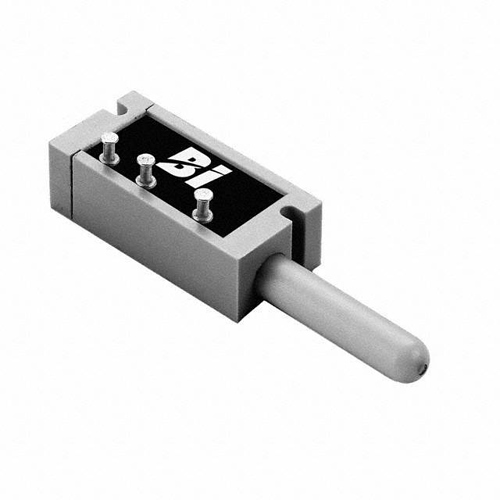Hello,
I have a button-like pot on PB1 working well. Measuring its input with positive k rate signal display (dial p) I get 0 to 64 aprox. But the first milimeters of the pot already output 53, with the rest of the button going from 53 to 64... a very very steep curve.
I need to turn this into a very linear curve so the difference between how much i push the button-pot translates linearly into the value I get in the patch.
What object(s) can I use to do so?
Thank you very much in advance.

